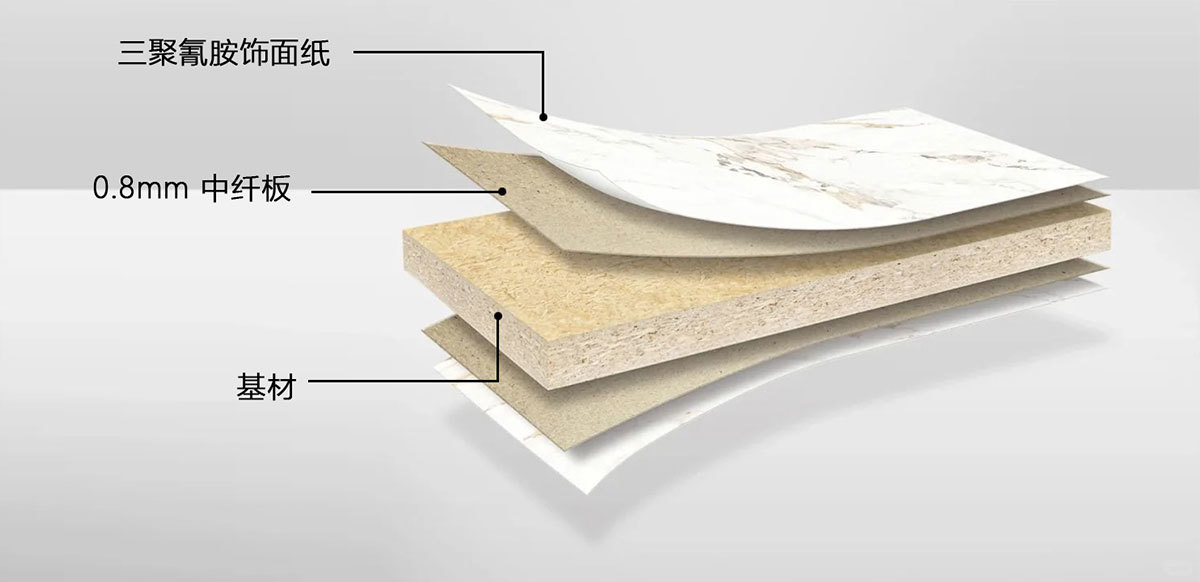Exploring the Beauty and Versatility of Elm Wood Grain Veneer in Architectural Design
Jul 08,2025

Elm wood grain veneer has gained popularity in the architectural and decorative material sectors due to its distinctive beauty and versatility. Known for its rich, warm tones and unique grain patterns, elm veneer adds a touch of elegance to both residential and commercial spaces. The veneer is derived from the inner bark of the elm tree and is typically sliced thinly to create a lightweight, flexible material that is ideal for a variety of applications.
One of the most notable characteristics of Elm Wood Grain Veneer is its intricate grain patterns. These patterns can range from straight and subtle to bold and swirling, providing a unique character to each sheet. This variability is what makes elm veneer so appealing to architects and designers, as it can complement a wide range of interior styles, from modern minimalist to classic traditional.
In addition to its aesthetic qualities, elm veneer is also prized for its durability. Elm wood itself is known for its resistance to warping and splitting, making it an excellent choice for surfaces that experience changes in humidity and temperature. When properly sealed and maintained, Elm Wood Grain Veneer can withstand everyday wear and tear, making it suitable for high-traffic areas such as offices, restaurants, and retail spaces.
Moreover, using veneer in architectural designs is an environmentally friendly option. It allows for the use of less wood while maximizing the visual impact of the material. This practice supports sustainable forestry initiatives by ensuring that more trees remain standing, thereby contributing to ecological balance.
The applications for Elm Wood Grain Veneer are vast. It can be used in cabinetry, wall paneling, furniture, and even as a decorative accent in ceilings or flooring. Designers often choose to pair elm veneer with other materials, such as metal, glass, or stone, to create striking contrasts and enhance the overall design aesthetics.
When considering Elm Wood Grain Veneer for your next project, it’s essential to source high-quality materials to ensure the best results. Look for reputable suppliers who can provide information on the origin and processing of the veneer, as well as options for finishes that will protect the wood while enhancing its natural beauty.
In conclusion, Elm Wood Grain Veneer is a versatile and visually stunning choice for architects and designers looking to elevate their spaces. With its unique grain patterns, durability, and sustainable attributes, it stands out as an excellent option in the realm of architectural and decorative materials. Embracing this exquisite veneer can create lasting impressions in any setting, making it a worthy consideration for your design projects.
One of the most notable characteristics of Elm Wood Grain Veneer is its intricate grain patterns. These patterns can range from straight and subtle to bold and swirling, providing a unique character to each sheet. This variability is what makes elm veneer so appealing to architects and designers, as it can complement a wide range of interior styles, from modern minimalist to classic traditional.
In addition to its aesthetic qualities, elm veneer is also prized for its durability. Elm wood itself is known for its resistance to warping and splitting, making it an excellent choice for surfaces that experience changes in humidity and temperature. When properly sealed and maintained, Elm Wood Grain Veneer can withstand everyday wear and tear, making it suitable for high-traffic areas such as offices, restaurants, and retail spaces.
Moreover, using veneer in architectural designs is an environmentally friendly option. It allows for the use of less wood while maximizing the visual impact of the material. This practice supports sustainable forestry initiatives by ensuring that more trees remain standing, thereby contributing to ecological balance.
The applications for Elm Wood Grain Veneer are vast. It can be used in cabinetry, wall paneling, furniture, and even as a decorative accent in ceilings or flooring. Designers often choose to pair elm veneer with other materials, such as metal, glass, or stone, to create striking contrasts and enhance the overall design aesthetics.
When considering Elm Wood Grain Veneer for your next project, it’s essential to source high-quality materials to ensure the best results. Look for reputable suppliers who can provide information on the origin and processing of the veneer, as well as options for finishes that will protect the wood while enhancing its natural beauty.
In conclusion, Elm Wood Grain Veneer is a versatile and visually stunning choice for architects and designers looking to elevate their spaces. With its unique grain patterns, durability, and sustainable attributes, it stands out as an excellent option in the realm of architectural and decorative materials. Embracing this exquisite veneer can create lasting impressions in any setting, making it a worthy consideration for your design projects.
Previous page:








